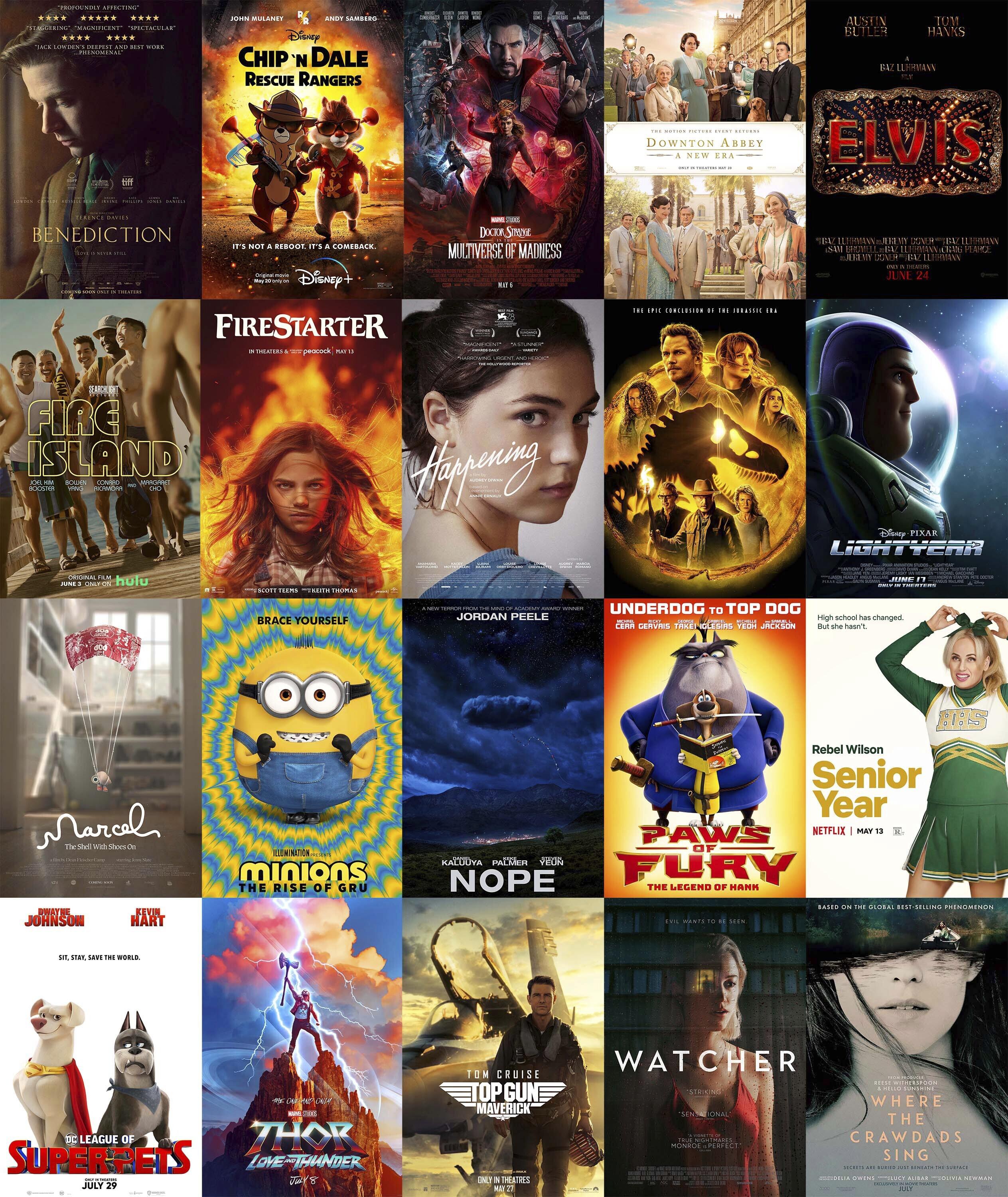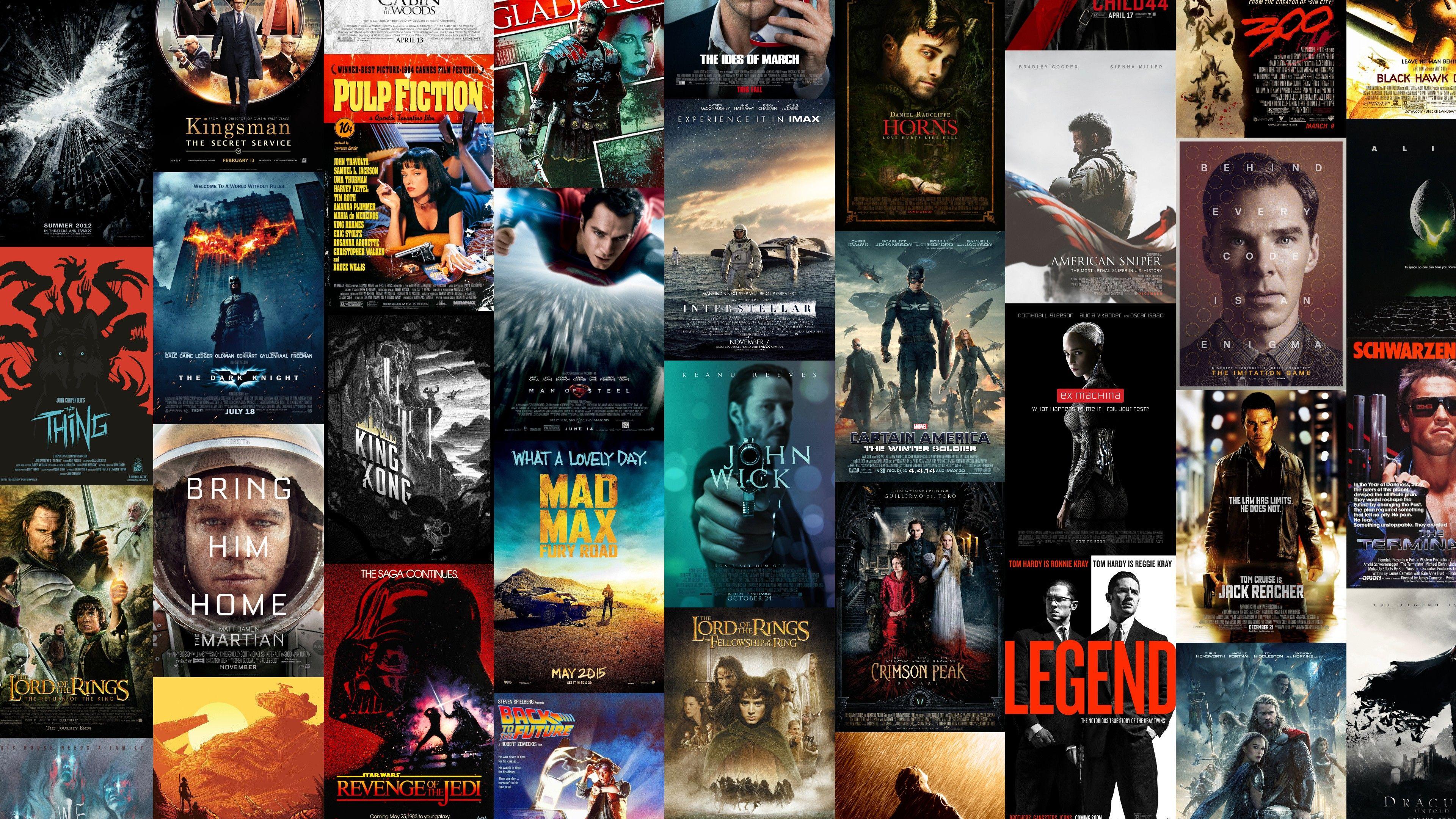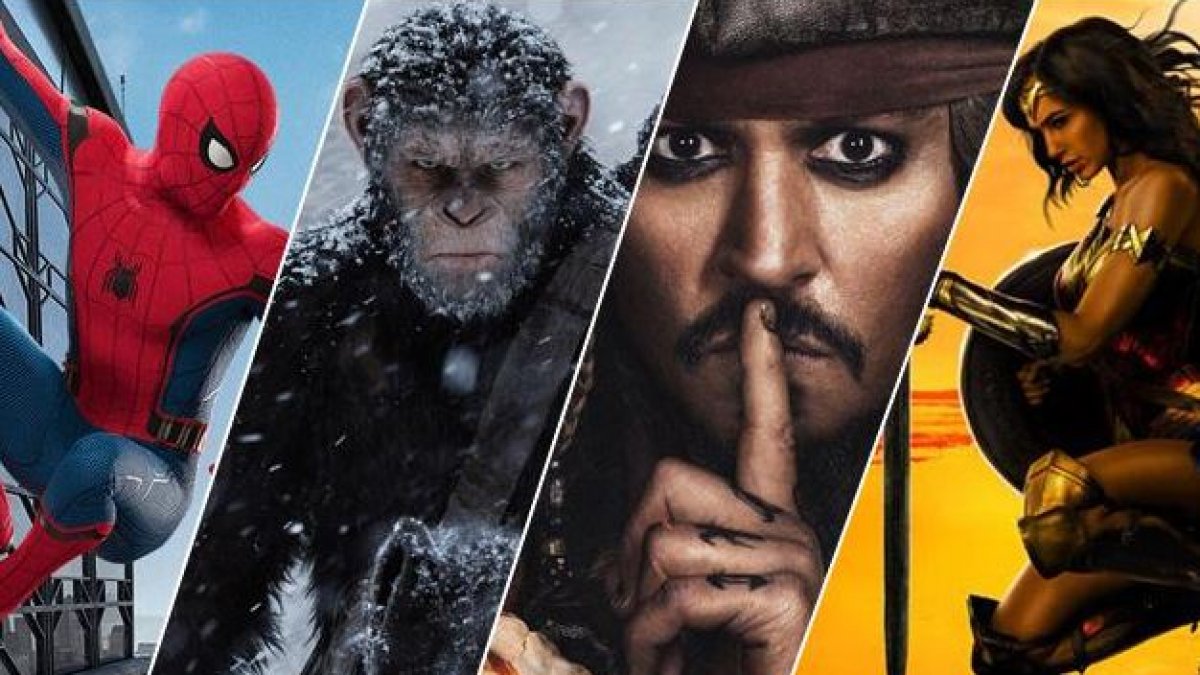Finding films that capture the raw, unfiltered energy of youth, like the 1995 movie Kids, can be quite a quest for many film watchers. That particular movie, you know, it truly left a mark, showing a side of growing up that felt very real and, for some, a bit unsettling. It sparked so much talk when it first came out, basically making people think hard about what young people go through.
The film, directed by Larry Clark and written by Harmony Korine, pulled back the curtain on a single day in the lives of New York City teenagers. It didn't shy away from difficult topics, portraying a world where young people grappled with big choices, often without much guidance. Its honest, almost documentary-like style, really struck a chord with many viewers, and it still does, even today.
If you've seen Kids and are looking for other cinematic experiences that share its spirit – perhaps its grit, its candid look at adolescence, or its willingness to explore challenging subjects – you're in the right spot. We're going to talk about some other movies that, in their own ways, echo that same kind of fearless storytelling, offering a similar peek into the lives of young people navigating a sometimes harsh world. So, let's get into it, shall we?
Table of Contents
- The Lasting Impact of Kids (1995)
- What Makes a Movie "Like Kids"?
- Films That Share the Spirit of Kids
- Where to Find These Kinds of Films
- Frequently Asked Questions
- Conclusion
The Lasting Impact of Kids (1995)
When Kids first hit screens in 1995, it really shook things up. It wasn't just another movie; it felt like a mirror held up to a generation, reflecting aspects of youth culture that many preferred to ignore. The film's graphic depiction of drug use, unprotected sex, and casual violence among its young characters was, frankly, shocking for many. It was, in some respects, a wake-up call, showing a side of adolescence that was far from innocent.
The movie's impact went beyond just controversy, though. It also launched the careers of several actors, like Chloë Sevigny and Rosario Dawson, who have since become well-known names in Hollywood. More importantly, it pushed conversations about responsibility, the role of parents, and the challenges young people face when left to their own devices. It's a film that, you know, stays with you long after the credits roll, making you ponder its messages.
Even today, nearly thirty years later, Kids holds a significant place in film history. It's often studied in film classes and discussed among cinephiles who appreciate its unflinching honesty. Its legacy is a testament to its courage in showing a difficult, yet arguably real, slice of life for some young people in that particular era. It truly is a film that, apparently, continues to resonate.
What Makes a Movie "Like Kids"?
So, what exactly are we looking for when we say "movies like Kids 1995"? It's not just about the age of the characters, you see. It's more about a specific kind of storytelling and a particular approach to themes. These films often share a certain rawness, a willingness to explore difficult subjects, and a distinct lack of judgment toward their characters, which is that, quite rare in mainstream cinema.
They often feel very grounded in reality, almost like you're watching real life unfold, rather than a polished, Hollywood version of it. This can make them uncomfortable to watch at times, but it also makes them incredibly powerful and thought-provoking. It's a style that, for some, really gets under your skin and makes you think deeply about the issues presented.
Themes and Tone
Movies that resemble Kids typically explore a range of intense themes. You'll often find stories about disillusionment, a sense of aimlessness, and a general feeling of being lost. Characters might be grappling with identity, peer pressure, or the consequences of their choices, often in environments where adult guidance is either absent or ineffective. Drug use, casual sex, and sometimes violence are depicted not as sensationalized plot points, but as parts of the characters' everyday lives, which is that, quite stark.
The tone is usually quite gritty and unvarnished. There's little in the way of sugarcoating or happy endings. These films aim to portray a certain reality, even if that reality is bleak or uncomfortable. They often leave you with more questions than answers, prompting reflection rather than providing easy solutions. It's a very specific kind of emotional experience, too it's almost, that can be quite heavy.
Filmmaking Style
In terms of how they're made, films similar to Kids often lean towards a more independent or documentary-like aesthetic. This means handheld cameras, natural lighting, and a focus on authenticity over slick production values. The performances often feel very naturalistic, sometimes featuring non-professional actors or those who are relatively new to acting, which helps add to the feeling of realism. This style, you know, really helps draw you into the characters' world.
Directors of these films often have a distinct, often uncompromising, vision. They aren't afraid to push boundaries or challenge audience expectations. The narrative might not follow a traditional three-act structure; instead, it might feel more episodic or observational, simply following characters through their day-to-day existence. This approach, in a way, can make the viewing experience feel more immersive and less like a conventional story.
Films That Share the Spirit of Kids
Now, let's talk about some specific movies that capture a similar vibe to Kids. These aren't necessarily direct copies, but they share that raw, honest look at youth, often exploring difficult themes with a similar kind of fearlessness. You might find some of these quite challenging, but they are certainly thought-provoking, too it's almost, in their own right.
Gummo (1997)
Written and directed by Harmony Korine, the same writer behind Kids, Gummo takes the raw aesthetic even further. It's set in a small, tornado-ravaged town in Ohio, focusing on a collection of strange and often disturbing vignettes about its young, disenfranchised residents. The film is highly experimental, jumping between characters and scenes with little conventional plot. It explores themes of poverty, despair, and the bizarre ways people cope with difficult circumstances.
This movie is, frankly, not for everyone. It's much more abstract and unsettling than Kids, featuring scenes that can be quite shocking or just plain odd. However, its unflinching portrayal of a forgotten segment of American youth, living on the fringes of society, definitely aligns with the spirit of exploring uncomfortable truths. It's a film that, you know, really pushes the boundaries of what a movie can be.
Thirteen (2003)
Directed by Catherine Hardwicke and co-written by its then-teenage star Nikki Reed, Thirteen offers a very personal and intense look at early adolescence. It follows Tracy, a bright seventh-grader who falls under the influence of the popular, rebellious Evie. As Tracy tries to fit in, she quickly spirals into a world of drugs, shoplifting, and sexual experimentation. The film captures the intense emotional swings and pressures of that age, which is that, often overlooked.
What makes Thirteen so impactful is its raw, almost documentary-style approach. It feels incredibly authentic, partly because of Reed's real-life experiences influencing the script. The performances are incredibly vulnerable and believable, pulling you right into Tracy's chaotic world. It's a very honest depiction of the struggles many young girls face when trying to find their place, and it's quite powerful, too it's almost, in its portrayal.
Bully (2001)
Another film from Larry Clark, Bully, delves into a different, yet equally dark, side of youth culture. Based on a true story, it tells the tale of a group of teenagers who conspire to murder their abusive friend, Bobby. The film explores themes of revenge, manipulation, and the dangerous dynamics within a group of disillusioned young people. It's a very disturbing watch, but it continues Clark's interest in the darker aspects of adolescence.
Like Kids, Bully doesn't shy away from graphic content or difficult subject matter. It presents its characters and their actions without much judgment, letting the audience grapple with the moral implications. The film's portrayal of how seemingly ordinary teenagers can be driven to extreme acts is, frankly, chilling. It's a stark reminder of the pressures and violence that can exist within certain social circles, you know, among young people.
Trainspotting (1996)
While not an American film and focusing on young adults rather than teens, Danny Boyle's Trainspotting shares a similar gritty, unflinching look at drug culture and disillusionment. Set in Edinburgh, Scotland, it follows a group of heroin addicts and their chaotic lives. The film is known for its energetic style, dark humor, and memorable characters, even as it depicts the grim realities of addiction. It's a film that, in a way, captures a similar feeling of youth on the edge.
The movie doesn't glorify drug use; instead, it presents it with a brutal honesty that is both captivating and repulsive. It explores themes of friendship, betrayal, and the struggle to escape a cycle of self-destruction. Its vibrant, almost punk rock aesthetic, combined with its raw subject matter, makes it a spiritual cousin to Kids, despite its different setting and age group. It really is, in some respects, a cult classic for good reason.
Mid90s (2018)
Jonah Hill's directorial debut, Mid90s, offers a slightly more nostalgic, yet still very authentic, look at a similar subculture. It follows Stevie, a thirteen-year-old in Los Angeles who finds acceptance with a group of older skateboarders. The film captures the feeling of finding your tribe, the camaraderie, and the often reckless behavior that comes with trying to fit in and prove yourself. It's a film that, you know, feels very personal and lived-in.
While perhaps less overtly shocking than Kids, Mid90s still portrays underage drinking, smoking, and the casual dangers of skate culture with a clear eye. It's a coming-of-age story that feels very real, focusing on the subtle dynamics of friendship and belonging. The film's aesthetic, shot on 16mm film, gives it a grainy, period-appropriate feel that adds to its authenticity. It's a film that, basically, captures a specific time and place quite well.
Christiane F. (1981)
This German film, based on a true story, is a powerful and very disturbing look at teenage drug addiction in West Berlin in the late 1970s. It follows Christiane, a 13-year-old girl who becomes involved with heroin and the city's drug scene. The film is unflinching in its portrayal of addiction, withdrawal, and the grim realities of life on the streets. It's a film that, arguably, set a precedent for raw youth dramas.
Long before Kids, Christiane F. dared to show the dark side of adolescence with brutal honesty. Its impact was significant, serving as a cautionary tale and a stark social commentary. The film's raw performances and grim subject matter make it a challenging watch, but its historical importance and its fearless approach to difficult themes make it a must-see for anyone interested in this genre. It's a very, very intense viewing experience, too it's almost.
Where to Find These Kinds of Films
Finding these types of raw, independent films can sometimes be a bit different from catching the latest blockbusters. Many of them might not be playing at your local multiplex, but that doesn't mean they're hard to track down. Streaming services often have a good selection of independent and classic films, so a quick search on platforms known for their diverse libraries could turn up some gems. You might even find a special screening or an independent film series at a Regal theater near you, perhaps at a spot like Regal Edwards Aliso Viejo Theatre in Aliso Viejo, CA, or maybe Regal Irvine Spectrum Theatre in Irvine, CA, if you're looking to catch something new on the big screen.
Beyond streaming, physical media like Blu-ray or DVD can be a good way to own these films, especially if they're older or less widely available. Independent film festivals, both online and in person, are also fantastic places to discover new works that carry on this tradition of honest, sometimes uncomfortable, storytelling. Websites like IMDb can offer details on where to watch, too, which is that, quite helpful.
Sometimes, local film archives or university cinema programs will host special screenings of these kinds of movies, offering a chance to see them on a larger screen. It's worth keeping an eye on those kinds of listings if you're keen to experience them in a theater setting. There are, you know, many ways to find these compelling stories.
Frequently Asked Questions
Why was the movie Kids (1995) so controversial?
Kids caused a lot of controversy because of its very graphic and unflinching portrayal of teenage life, including explicit scenes of drug use, unprotected sex, and violence. It showed a side of youth culture that was, frankly, shocking to many adults and challenged prevailing notions of innocence. The film's realistic style made it feel very immediate, which added to the discomfort for some viewers, too it's almost.
Are there other films by Larry Clark I should see?
Yes, Larry Clark has directed several other films that explore similar themes of youth, rebellion, and difficult social issues. Beyond Kids, you might consider watching Bully (2001), which is a very intense look at a group of teenagers involved in a murder plot, or Ken Park (2002), another controversial film that delves into the lives of troubled teens. His work, you know, consistently pushes boundaries.
What are some independent films about troubled teens?
Many independent films explore the lives of troubled teens with a raw and honest approach. Besides the ones mentioned, like Thirteen (2003) and Gummo (1997), you could also look into films such as Fish Tank (2009), a British film about a volatile teenage girl, or American Honey (2016), which follows a group of young people selling magazine subscriptions across the American Midwest. These films, basically, offer very real perspectives.
Conclusion
Movies like Kids (1995) offer a powerful, sometimes uncomfortable, window into the complex world of adolescence. They challenge us to look at difficult subjects with an open mind, prompting conversations about society, family, and the paths young people navigate. These films, in a way, stand as important pieces of cinema, reflecting a side of life that is often hidden or ignored. They are not always easy to watch, but their honesty makes them incredibly compelling and, arguably, very important. It's a genre that, you know, continues to evolve and provoke thought.



